The 2020 iPhones will feature an overhauled design with a metal frame that's similar to the frame of the iPhone 4. Apple analyst Ming-Chi Kuo says that the new iPhones will use a more complex segmentation design, and new trenching and injection molding procedures.
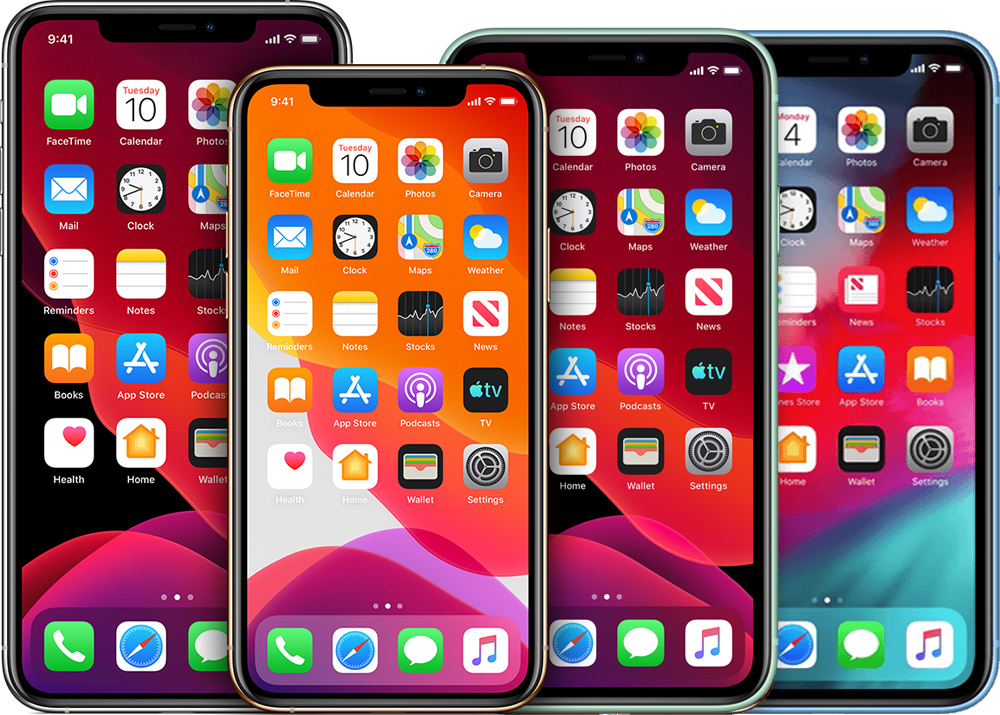
The overall design, though, will resemble the iPhone 4 or iPad Pro with a squared-edged stainless steel frame between two pieces of glass. The new iPhone will feature a stainless steel frame, which will replace the current rounded stainless steel frame, and it will continue to use front and back glass for the body of the device.
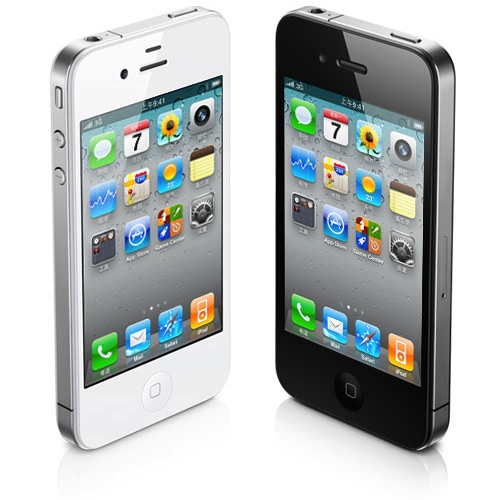
The grooving and injection molding of the metal in the frame is said to reduce the negative impact of metal shielding on the high-frequency transmission efficiency of the internal antenna. Kuo believes Apple will use sapphire or tempered glass to protect the grooves in the frame. Slightly wider antenna lines are a possibility according to one rumor, though that has yet to be backed up by a reliable source.
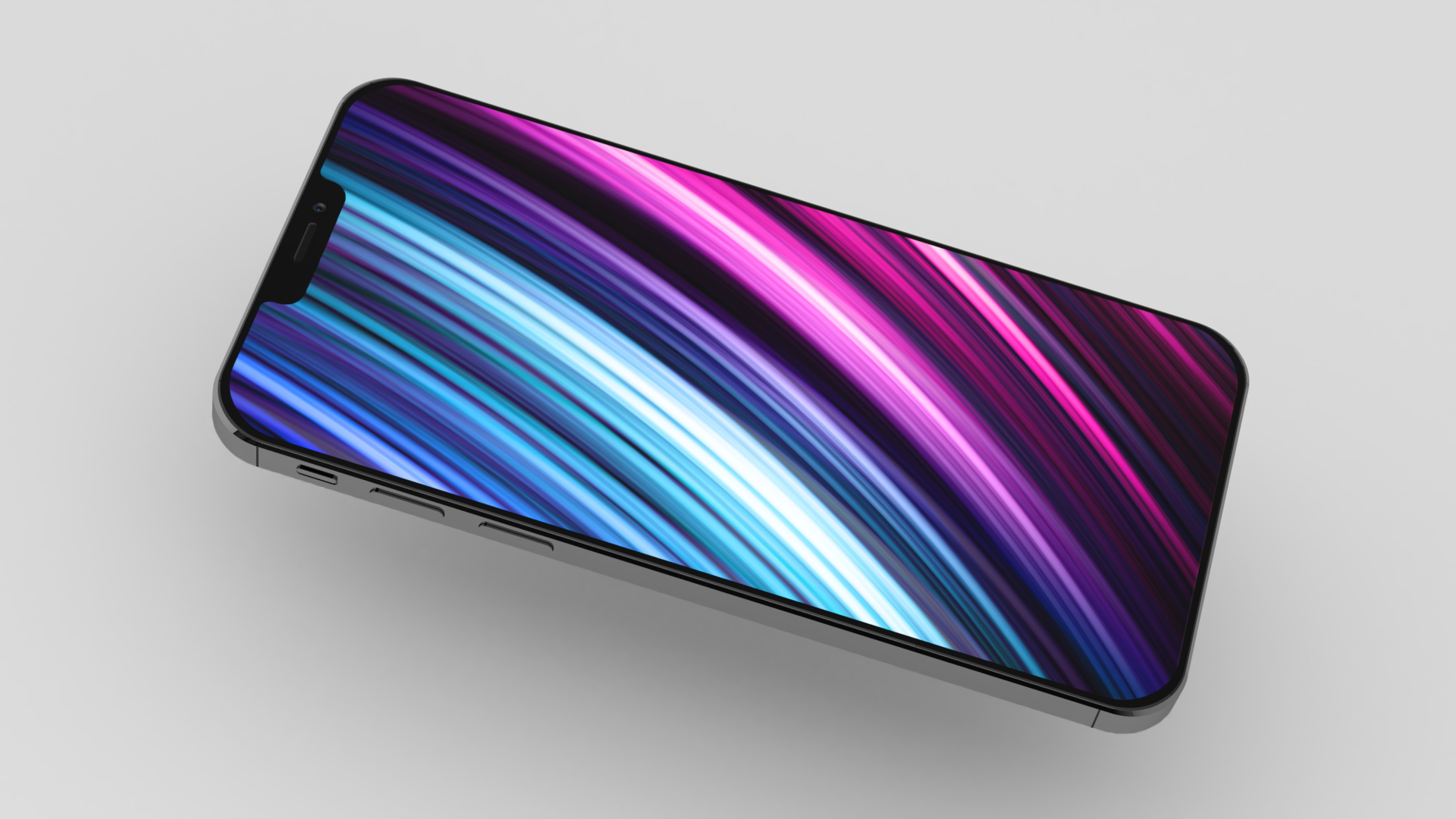
A mockup of what the new iPhone 12 could look like
According to Bloomberg, at least two of the high-end iPhones Apple plans to offer in 2020 will have the new design with flat, stainless steel edges instead of curved edges, reminiscent of the design of the iPad Pro.
According to Japanese site Mac Otakara, the 6.7-inch iPhone will have a thickness of 7.4mm, which would be quite a bit thinner than the 8.1mm thick iPhone 11 Pro Max. It's also expected to be slightly taller than the 11 Pro Max. The 5.4-inch iPhone's height is expected to be somewhere between the height of the iPhone SE and the iPhone 8. The 5.4, 6.7, and at least one 6.1-inch iPhone are expected to have different numbers of microphone holes along the bottom.
Along with the iPad Pro-style design and size tweaks, leaked schematics that allegedly reveal Apple's plans for the device also show several other minor design tweaks worth noting, as listed below:
One rumor suggests that at least one of the iPhone 12 models could come with a new navy blue finish. Apple introduced a new midnight green color with the iPhone 11 Pro lineup, so it's not unreasonable to think there could be a new blue color in the works as well.
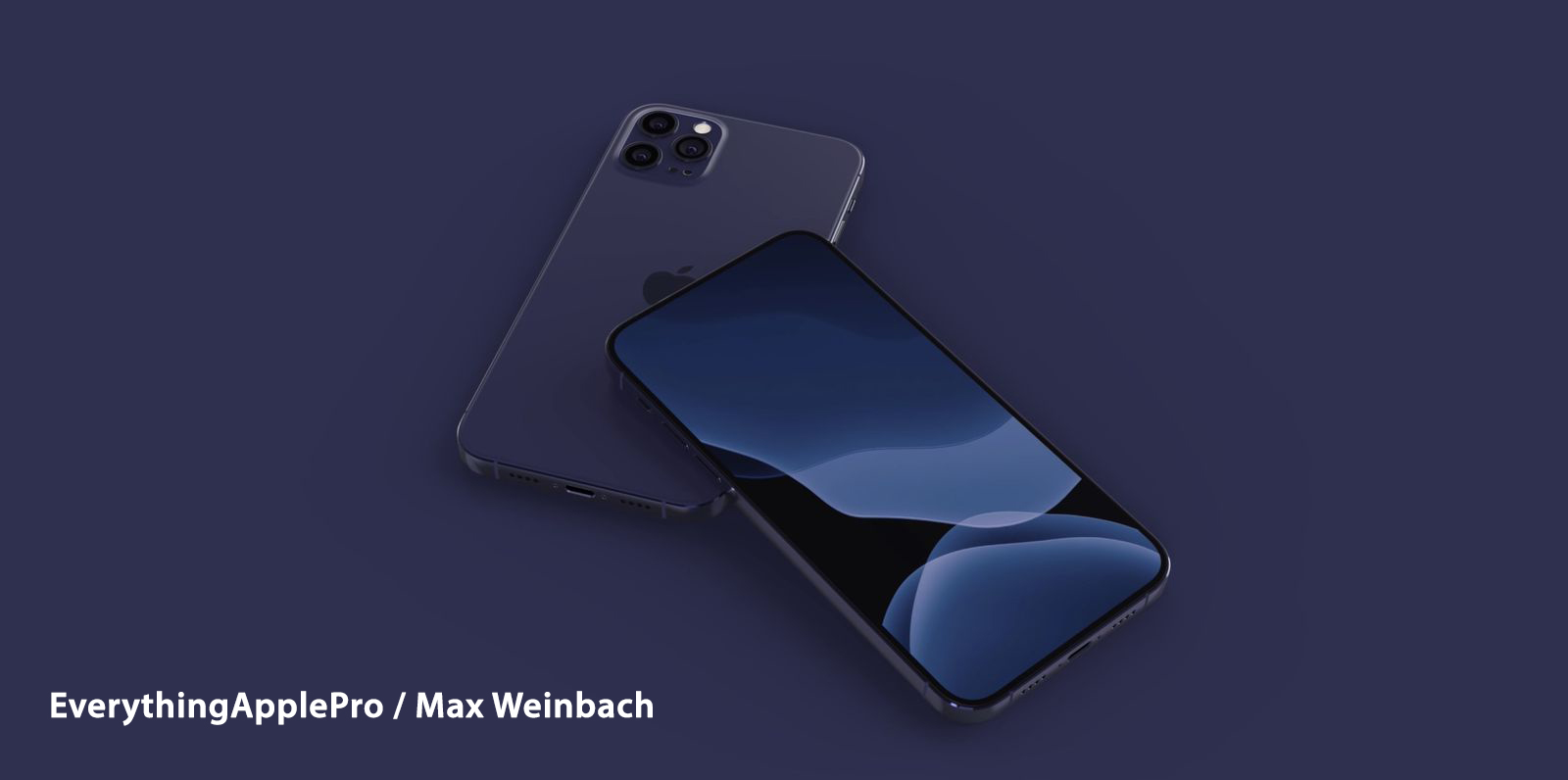
Another rumor suggests the iPhone 12 models could come in light blue, violet, and light orange, among other colors.
Leaked images said to depict the iPhone 12 picture a notch that is approximately 1/3 smaller than the current notch, which is in line with rumors that have suggested the notch in the 2020 iPhones could be smaller.
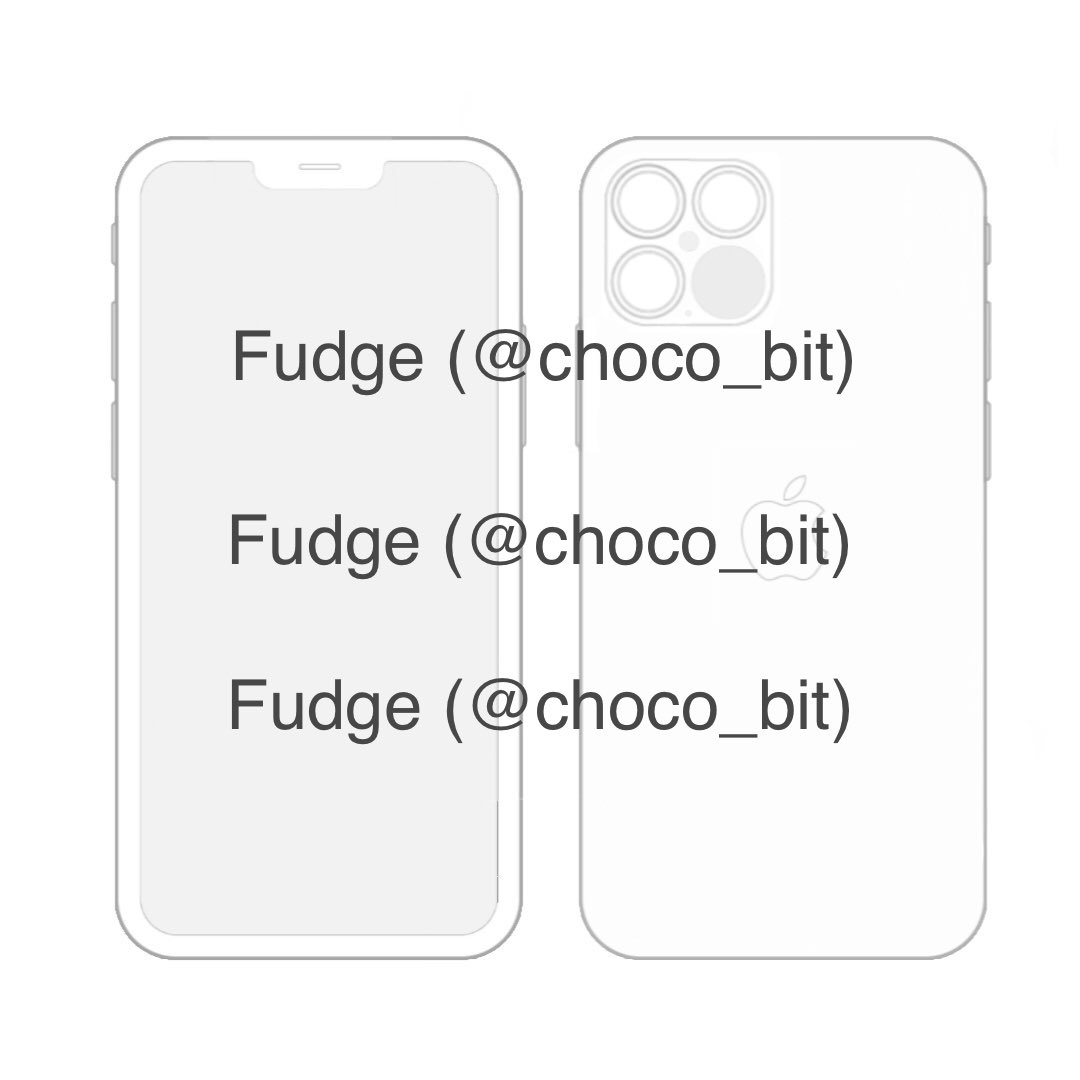
There's no clear word on where these images came from, nor if they're accurate, but it appears they could be from some kind of support documentation. The rear camera array is also pictured with a triple-lens camera and 3D sensor, as has been rumored.
A rendering of the iPhone 12 Pro Max said to be based on leaked CAD designs was shared in April, and it lines up with many of the rumors that we've heard about the device so far. The new iPhone appears to take design cues from the iPad Pro, with a square-edged stainless steel frame between two pieces of glass and a larger 6.7-inch OLED display.
The render suggests the iPhone 12 Pro Max will be 7.4mm thick, quite a bit thinner than the 8.1mm thick iPhone 11 Pro Max. The camera bump is expected to be thicker, measuring in at 1.26mm, up from 1.21mm. The notch in the rendering is the same size as the existing notch, which is not in line with rumors about a smaller notch.

It's not clear if these renderings are entirely accurate, but given that they match well with the current rumors that we've heard about the upcoming iPhones, this could indeed be what the 2020 iPhones will look like.
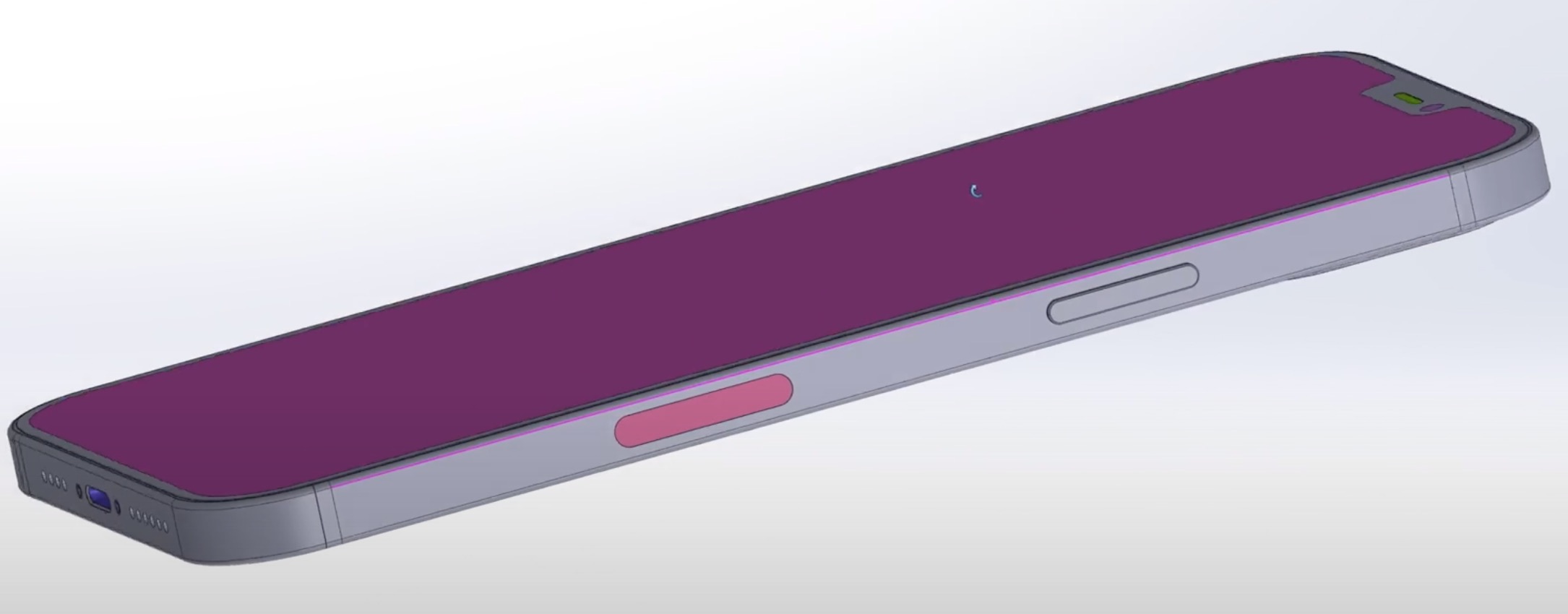
Alleged iPhone 12 schematics that surfaced in April have suggested Apple will implement a smaller notch by integrating the front speaker for the device into the bezel. The updated hardware layout also features the ambient light and proximity sensors moved to a more central position within the TrueDepth camera system.

Apple made major changes to the rear camera system in the 2019 iPhone lineup with the new triple-lens setup of the iPhone 11 Pro and Pro Max, and 2020 may bring even more camera improvements.
Rumors suggest some of the new iPhone models coming in 2020 will feature a 3D camera, which sounds like the LiDAR Scanner feature that Apple added in the 2020 iPad Pro models.
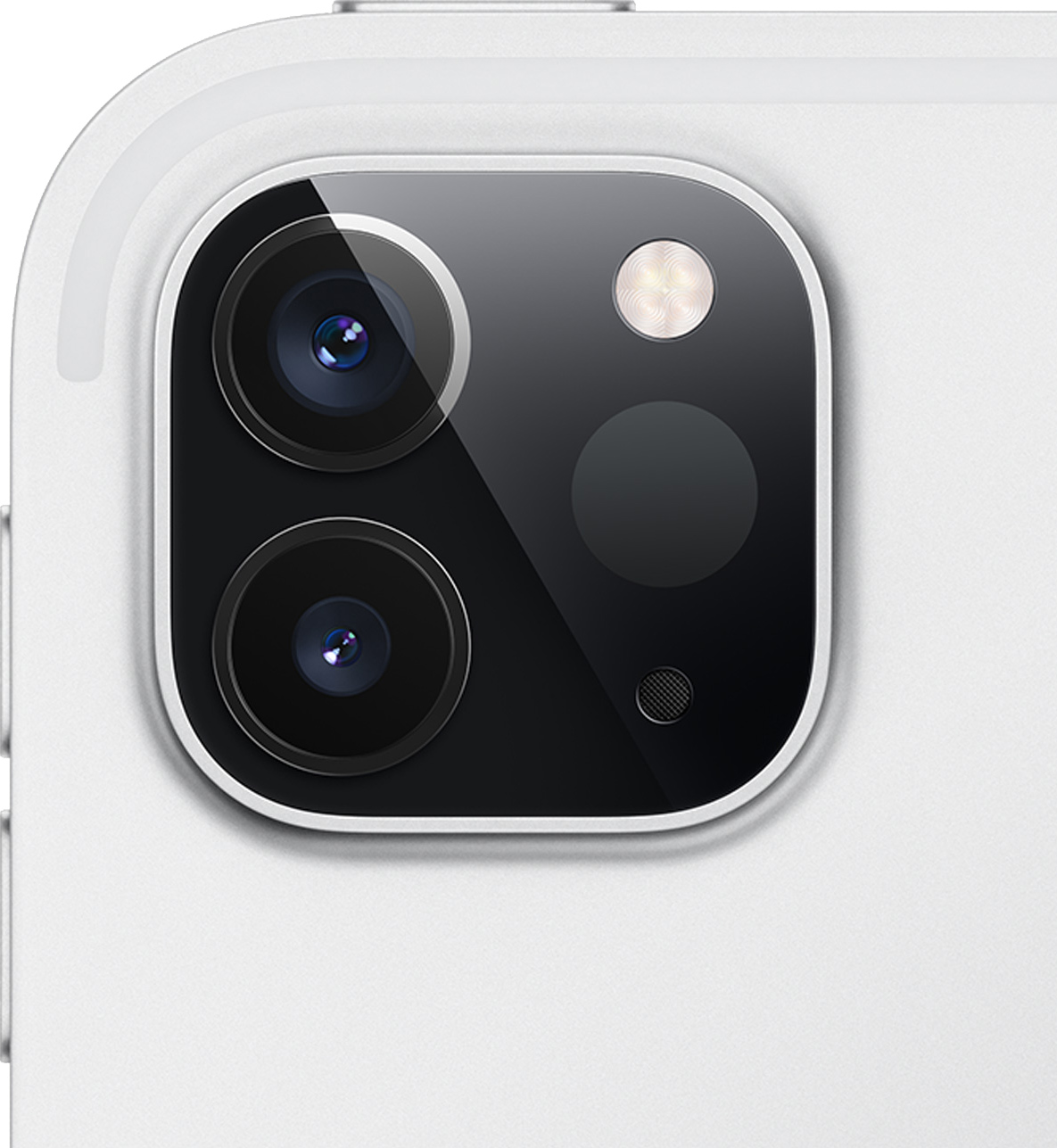
The LiDAR sensor and dual-lens camera in the 2020 iPad Pro
The LiDAR Scanner in the iPad Pro uses reflected light to measure the distance from the sensor to surrounding objects that are up to five meters away, which is equivalent to 16.4 feet. It works indoors and outdoors, and is essentially able to map the environment around you at the photon level at nano-second speeds.
Depth frameworks in iPadOS combine depth points measured by the LiDAR Scanner, data from cameras, and data from motion sensors to create a more detailed and complete understanding of a scene for improved augmented reality capabilities. The rumored 3D camera in the iPhone is likely to work similarly, if not identically.
Apple is said to be using VCSEL lasers from San Jose-based company Lumentum to provide the 3D depth sensor that is expected to be included in at least one of the iPhone models coming in 2020. Apple has used VCSELs or vertical-cavity surface-emitting lasers since 2017 for the TrueDepth front-facing camera, but the VCSEL lasers set to be used for the time-of-flight camera are more advanced.
So far, rumors indicate the two higher-end iPhones coming in 2020 will use the new time-of-flight rear camera, so it may not be available in the lower-end iPhones that are going to have a lower price tag.
The high-end6.7-inch iPhone in 2020 is rumored to be getting sensor-shift image stabilization technology, which could potentially bring image stabilization to the ultra wide-angle lens on those devices. Sensor-shift technology allows the optical image stabilization to be applied to the camera sensor, rather than the individual lenses.
As with the 2019 iPhone lineup, the 2020 iPhones are expected to have different camera technology. UBS analysts believe Apple is working on high-end 6.7 and 6.1-inch iPhones with triple-lens cameras, while lower-end 5.4 and 6.1-inch iPhones could feature dual-lens cameras.
Japanese site Mac Otakara also believes the 5.4 and lower-end 6.1-inch iPhones will feature dual-lens camera setups, while the 6.7-inch iPhone will feature a triple-lens camera array with larger sensors than the 11 Pro Max.
Apple analyst Ming-Chi Kuo and Bloomberg believe that at least one new iPhone in 2020 will feature a smaller front camera lens for an improved screen to bezel ratio, ultimately resulting in a smaller notch at the front.
Barclays analysts believe the iPhone 12 will feature a "refreshed" TrueDepth camera system, though there are no details from Barclays on what might be improved.
An analyst from Credit Suisse has said that Apple will introduce at least one new iPhone with no notch or Face ID in 2020, relying instead on an under-display fingerprint sensor, though that technology may still be a few years off. Bloomberg has suggested the notch could be eliminated entirely in future iPhones, but the it is expected to be present in 2020 iPhones.

Apple supplier AMS has announced new camera sensor technology that allows the RBG light and the IR proximity sensor used for the front-facing TrueDepth camera system to be embedded under an OLED display. Apple could potentially be planning to introduce the new sensor tech in its 2020 iPhones, and this would allow Apple to create an iPhone with a smaller Face ID notch.
Apple designers are said to ultimately be aiming to remove most of the external ports and buttons on the iPhone for a clean, streamlined device. If wireless charging technology improves, Apple could potentially get rid of wired charging all together, and rumors indicate Apple will release an iPhone without a Lightning port in 2021.
According to Apple analyst Ming-Chi Kuo, the highest-end iPhone model coming in 2021 will offer a "completely wireless experience." Charging would, presumably, be done all wirelessly through Qi-based wireless charging accessories.
Kuo also expects Apple to introduce an "iPhone SE 2 Plus" with a full-screen design, no Face ID, and a Touch ID fingerprint sensor built into the power button in 2021. This device is expected to feature a 5.5 or 6.1-inch LCD display and it will be positioned as a lower-cost iPhone.
Kuo believes this iPhone will feature an LCD display and a Touch ID fingerprint sensor built into the side button of the iPhone.
Qualcomm in February 2020 introduced the Snapdragon X60, its third-generation 5G modem, which is expected to be used in smartphones starting in early 2021. Apple could adopt the Snapdragon X60 for iPhones set to be released in the fall of 2021.
Barclays analysts also believe that starting in 2021, Apple will remove the Lightning connector from at least one iPhone model.
Two to three iPhones coming in 2021 are expected to have the sensor-shift stabilization predicted for the high-end 6.7-inch 2020 iPhone, and the 2022 iPhone could feature a periscope lens for much improved optical zoom capabilities.
As for the more outlandish, Apple is said to be developing an iPhone with a foldable display in partnership with LG Display, with panel production for an iPhone with a folding display set to kick off in 2020. Apple is also said to be working on touchless gesture controls and curved screens, technologies that could launch within three years.
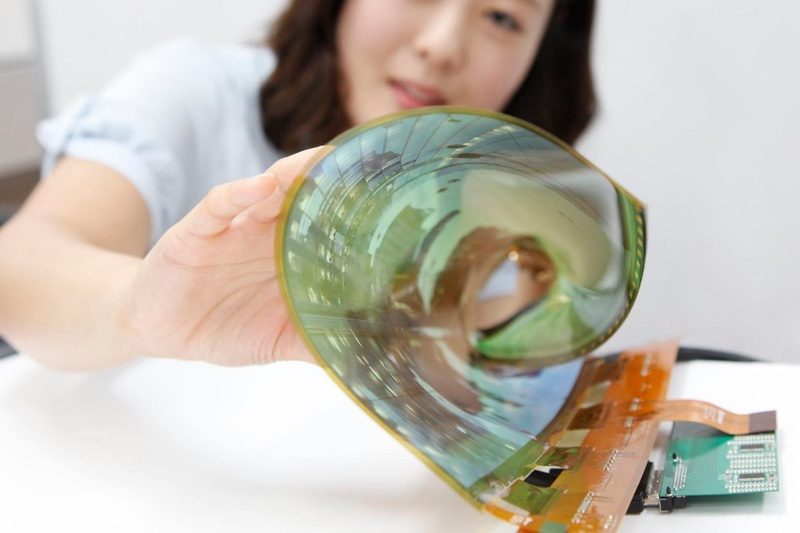
LG's foldable display technology